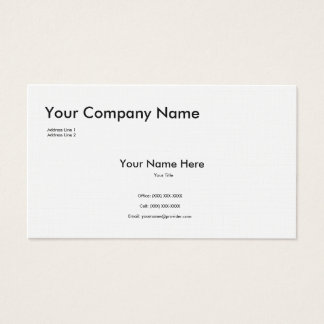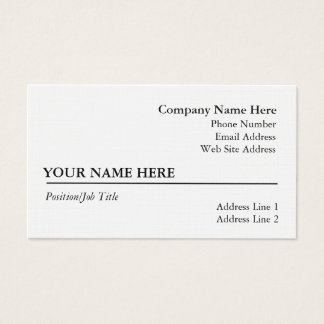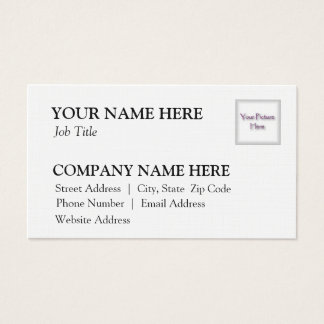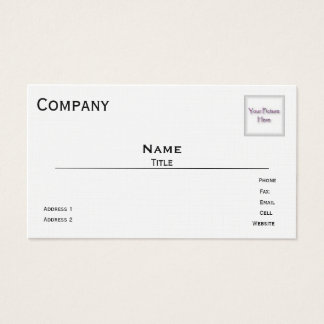Introduction
It was known as 5Pointz but frequently referred to as the "United Nations of Graffiti." It was a five-story former factory complex in the Queens borough of New York. Aerosol artists from all over the world had from time been invited to paint on it. The artists had the informal permission of the owner of the building and real estate developer Gerald Wolkoff. With time the building became "the repository of the largest collection of exterior aerosol art in the United States" and a "mecca for high-end works by internationally recognized aerosol artists." A significant tourist attraction, 5 Pointz drew thousands of daily visitors and was even featured in a number of movies and music videos including the 2013 motion picture Now You See Me. Eventually Wolkoff wanted to tear the buildings down to make room for some high-rise luxury condos. A group of 5Pointz artists sued Wolkoff and sought a preliminary injunction to prevent a planned demolition. On November 12, 2013, Judge Frederic Block a Brooklyn federal judge denied preliminary injunctive relief but stated that "a written opinion would soon be issued." On November 20, 2013, before a written opinion on the case was issued, Wolkoff ordered the whitewashing of 5Pointz. Almost five years later on February 12, 2018, in Jonathan Cohen et. al v. G&M Realty L.P. et. al, Judge Block handed down his final verdict on the 5Pointz case essentially ruling that Wolkoff had violated the 'moral rights' of the plaintiffs and awarding the plaintiffs the maximum allowable statutory damages for a total of $6.7 Million. The case "marks the first time that a court has had to determine whether the work of an exterior aerosol artist - given its general ephemeral nature - is worthy of any protection under the law." The case also marks the first time that graffiti artists have won a lawsuit based on the Visual Artists Rights Act(VARA), a 1990 amendment to the federal copyright law. Long considered fringe art, or worse illegal art, graffiti artists have often watched helplessly as their works are destroyed or appropriated by more powerful players. Cohen v. G&M Realty L.P. suggests that under the right circumstances graffiti art can be protected by existing copyright law.
What is VARA? Why Is It Important?
VARA is the first federal copyright legislation to explicitly recognize and protect two moral rights of artists: the rights of attribution and integrity. Moral rights are distinct from copyrights and rest primarily on the "belief that an artist in the process of creation injects his spirit into the work and that the artist's personality, as well as the integrity of the work, should therefore be protected and preserved." VARA grants to the author of a qualifying work certain rights including: (i) the right to prevent the use of his or her name as the author of a work in the event of a distortion, mutilation, or other modification of the work which would be prejudicial to his or her honor or reputation; and (ii) the right to prevent any intentional distortion, mutilation, or other modification of that work which would be prejudicial to his or her honor or reputation. To the author of a "work of recognized stature," VARA grants the additional right "to prevent any intentional or grossly negligent destruction" of such a work.
A work of visual art is defined as including "a painting, drawing, print, or sculpture, existing in a single copy, in a limited edition of 200 copies or fewer that are signed and consecutively numbered by the author."
Graffiti Art and the Intersection of Copyright and Real Estate
Problems inevitably arise when art is incorporated in or made part of a building that is someone else's property. VARA contemplated possible tensions between the moral rights of artists and conventional notions of property rights and addressed them to some extent. First, when a work of visual art can be removed from a building without destroying, mutilating, distorting, or otherwise modifying the said work, the building owner is required to provide a 90 days' written notice to the artist concerned or establish that the owner "has made a diligent, good faith attempt without success to notify the author." Second, when a work of art cannot be removed from a building without destroying, mutilating, distorting, or otherwise modifying the work, the building owner is protected if the artist waives his or her right in written instrument signed both by the artist and the building owner. Wolkoff did not meet either requirement.
The Exploitation of Graffiti Art
Graffiti art has long been considered fringe art, or worse, illegal art. However, over the past two decades, graffiti arts have gained considerable respect and are increasingly exploited by powerful market players. Not surprising, graffiti artists are fighting back using trademark law and copyright law. In Tierney v. Moschino SpA, graffiti artist Joseph Tierney sued fashion house Moschino and famed designer Jeremy Scott, for the unauthorized use of one of his mural on dresses for Moschino's fall/winter 2015 collection. In Aholsniffglue v. American Eagle, David Anasagasti sued American Eagle Outfitters for the unauthorized use of his sleepy-eyeball motif in their worldwide advertising campaign.
What Cohen v. G&M Realty Means for Graffiti Art.
In Cohen v. G&M Realty L.P., the court applying Carter v. Helmsley-Spear, Inc. determined that 45 of the 49 paintings that were in issue in the case were not only works of visual art but were also 'works of recognized stature.' In concluding that the works had recognition and stature, Judge Block considered the fact that only a handful of works from the thousands were selected for prominence on 5Pointz's long-standing walls, the fact that all the plaintiffs had achieved artistic recognition outside of 5Pointz, and the fact that a highly qualified expert provided detailed findings as to the skill and craftsmanship of the works. Judge Block chose not to be strictly guided by the appraised value of the works in question and appeared to reject the testimony of a fine art appraiser with the art appraisal and acquisition firm Gurr Johns. Indeed, Judge Block observed that "expert testimony is not the sine qua non for establishing that a work of visual art is of recognized stature" and recognized the need for courts to utilize common sense in assessing whether a visual work is of recognized stature.
What Cohen v. G&M Realty Does Not Mean for Graffiti Art.
Cohen v. G&M Realty L.P. does not mean that all graffiti arts are works of recognized stature. The decision does not necessarily limit the rights of building owners vis-à-vis those of graffiti artists. VARA makes a clear distinction between free-standing works of visual art and those works that are "incorporated in or are made part of a building." The author of a work of recognized stature that is incorporated in a building cannot prevent the destruction or alteration of the building but may be able to recover hefty damages if the waiver and/or notice provisions of VARA are not met.
Cohen v. G&M Realty L.P. only addressed a situation where paintings were made with the permission of the building owner. Had the 5Pointz paintings been made without the permission of the building owner, the outcome might have been different.
Does VARA protect temporary works? Although Judge Block concluded that "there is no legal support for the proposition that temporary works do not come within VARA's embrace," other courts may reach a different conclusion.
Conclusion
Over 100 years ago the Supreme Court endorsed the aesthetic nondiscrimination doctrine. In Bleistein v. Donaldson Lithographing Co., Justice Holmes explained, "[i]t would be a dangerous undertaking for persons trained only to the law to constitute themselves final judges of the worth of pictorial illustrations, outside of the narrowest and most obvious limits. At the one extreme, some works of genius would be sure to miss appreciation. Their very novelty would make them repulsive until the public had learned the new language in which their author spoke." These words remain true today.
When it comes to street art, a win-win-win outcome for artists, local communities and building owners may be possible as evidenced by Miami's Wynwood, San Francisco's Mission District, and the Heerlen Murals (the Netherlands). Managed properly, street art can help revitalize communities, raise the value of properties, and provide recognition and possibly income for artists who lack access to more traditional avenues for showcasing artworks.
Cohen v. G&M Realty L.P. serves as a cautionary tale to property owners that are either not aware of VARA's protection or are careless about complying with the statute's waiver and notice requirements. The case is a welcomed relief to artists that work on non-traditional and mixed media and all artists whose works are not considered part of the mainstream. Although the case does not settle all VARA-related questions, it brings to the fore the critical question of who gets to decide if a work of art has "stature" and "recognition" and what factors are relevant to this determination given changing conception of art and the changing demographics of art consumers.
15% Off All Business Cards
VIEW ALL CARDS
$60.05












No comments:
Post a Comment